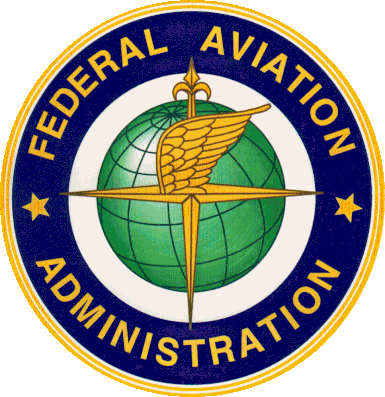 The FAA has
put out a Request for Information (RFI) to the manned aviation community
regarding how they can potentially receive and use UAS remote tracking ID
information to further enhance safety by reducing collision risks at low altitudes. Responses to the RFI are due to the FAA on
April 16.
The FAA has
put out a Request for Information (RFI) to the manned aviation community
regarding how they can potentially receive and use UAS remote tracking ID
information to further enhance safety by reducing collision risks at low altitudes. Responses to the RFI are due to the FAA on
April 16.
NAAA
submitted comments to the FAA on its Notice of Proposed Rulemaking (NPRM) regarding
the tracking and ID of UAVs. This RFI is separate from the NPRM and responses
will not be recorded in the NPRMs official docket.
We highly
encourage NAAA members to participate in this RFI to ensure the FAA makes UAS
tracking and ID regulations effective by fully understanding the cockpit
workloads and work environment of ag aviators.
If you chose to participate, please email your
responses to the questions below to Kristin.T.Frantz@faa.gov by 3:00 p.m. ET on April 16, 2020. Responses are not
to exceed five pages.
Here are
additional resources to help you more fully answer the RFI:
RFI
Topics and Questions
1. Describe your role in any recent
aviation standards, policy, or demonstration activities within the commercial
or government arena.
2. In consideration of the requirements of the
NPRM (for standard and limited Remote ID UAS), describe your concept for how
low level manned aircraft can receive or use UAS Remote ID information to
increase safety, relative (but not limited) to the following:
a. minimize risk of collisions
b. verify UAS sightings
c. for Helicopter Air Ambulance (HAA),
verify that airspace is clear enroute and at possible landing zones
d. for aerial applicators, verify that
agriculture fields are clear of UAS activity
e. verify that airfields are clear of
UAS activity
3. Describe your approach to the
challenge of gaining widespread voluntary participation by manned aircraft.
4. How can government and industry work
together with respect to the low altitude manned aviator needs associated with
Remote ID?
5. What additional technical standards,
procedures, avionics or other capabilities are needed to facilitate manned
aircraft voluntary participation with Remote ID information?
6. From a performance perspective, what
are the UAS Remote ID participation pros and cons?
7. From a scalability perspective, what are
the UAS Remote ID participation pros and cons?
8. How might Remote ID data be
integrated with ADS-B and other surveillance sources for greater air traffic
awareness?
9. How could Remote ID be used by low
level manned aircraft to support public safety, law enforcement, and security
related air operations?
10. What, if any, costs or cost savings
do you foresee for the concept you describe?